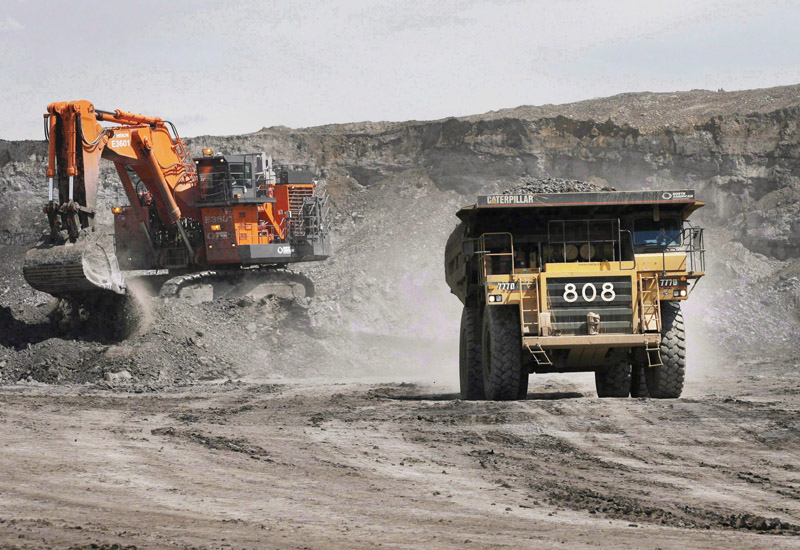Ontario’s economy is doing better than bank economists expected, and Alberta’s quite a lot worse, a report published yesterday by TD Economics says.

Canada’s three energy-producing provinces were hit brutally hard by falling oil prices:
“The negative economic hit from low oil prices is now expected to deepen in Alberta, Newfoundland & Labrador, and Saskatchewan,” four TD economists wrote.
“Together, 2015 and 2016 will mark the sharpest economic underperformance of oil-dependent economies relative to the rest of Canada since the oil crash of the 1980s.”
Only Ontario, B.C. and Quebec are now creating jobs, the report said.
Here are five things we learned:
1) The fallout from energy-sector layoffs will continue to rock into Alberta’s broader economy
Laid-off energy-sector workers spend as little as possible, sell their houses and pull up stakes. That hurts other sectors, like retail and construction. Falling housing values squeeze heavily indebted families. An expected 20,000 people may leave the province, which will ease unemployment rates, but means that many fewer consumers.
“This year will be the first in over two decades that Alberta’s unemployment rate will exceed the national average.”

Get weekly money news
“Retail sales were already 4 per cent lower year-over-year in December while housing starts are nearly half of what they were a year ago, with more weakness likely ahead.”
READ MORE: Alberta’s unemployment rate jumps to 7.9%
2) Alberta has a hint of light, but down a very long tunnel
If oil prices stabilize, or even recover, is there a hope for an oilpatch recovery, however modest? Cautiously, the economists say it’s possible.
“Oil prices appear to have bottomed in early-February and are expected to gradually grind higher. They may reach US$50 by year end and US$60 by the end of 2017. Should this forecast materialize, it would help stabilize activity in the oil and gas sector later this year, and potentially set the ground for a slow recovery beginning in 2017.”
3) Where are people migrating to from Alberta? B.C., to a large extent
“So far, the bulk appear to be headed for British Columbia, where net interprovincial migration hit a decade high in 2015. B.C. has also been the province where manufacturing jobs have come back the fastest.”
On the other hand, the flood of Alberta (and Saskatchewan’s) unemployed will keep B.C.’s unemployment rate above six per cent.
4) B.C. is the only real bright spot among Western Canada’s economies
Migrants from Alberta and Saskatchewan are buying housing and goods in B.C., giving that province’s economy a boost. As well, the low dollar has made real estate attractive to American investors.
“However, economic growth should decelerate to a softer 2.5 per cent next year as housing activity moves back to more sustainable levels and a gradually rising currency tempers tourism activity. The economy will likely continue to create jobs at a decent pace, but a sharply rising supply of labour will likely keep the unemployment rate relatively lofty.”
5) Ontario is finally catching a break
Ontario’s manufacturing economy, listless for many years, has some wind in its sails based on exporting goods to the U.S. based on a low dollar and a strong American economy. The Greater Toronto Area is in line to benefit, the economists predict.
In turn, a stronger economy should support housing markets. Federal and provincial infrastructure spending will also help.
“Growth will be well ahead of the national this year, with Ontario’s performance second only to B.C.”
![Click to play video: 'Alberta’s unemployment rises to 7.9 per cent']()
The job market continues to look grim in Alberta, as it does across Canada. Alberta’s unemployment rate rose to 7.9 per cent in February, while Canada’s increased to 7.3 per cent.



Comments